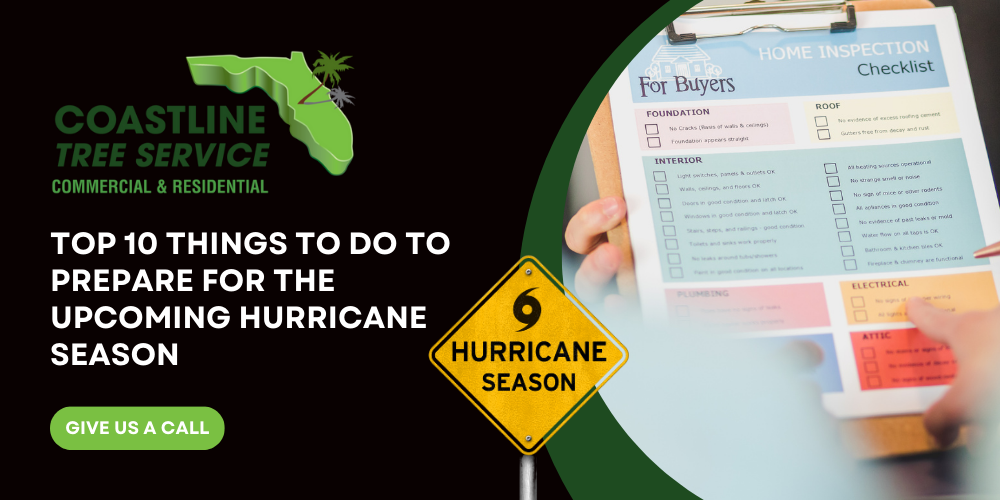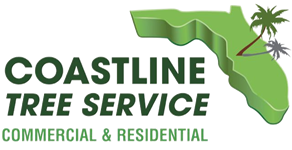
Top 10 Things to Do to Prepare for the Upcoming Hurricane Season
With hurricane season starting June 1, now is the time to ensure that your property, family, and surroundings are ready. Strong winds, heavy rain, and unpredictable conditions can cause extensive damage, but proactive measures can protect your home and loved ones. Below, we explain the top 10 steps to take to prepare for hurricane season, the benefits of acting now, and the potential consequences of putting things off.
1. Create an Emergency Kit
Why This Is Important: An emergency kit provides you and your family with essential supplies during and after a storm, especially if power outages or flooding occur. Items like non-perishable food, bottled water, a first-aid kit, flashlights, and batteries can sustain you until help arrives.
What Happens If You Don’t: Without an emergency kit, you risk running out of food, clean water, or medical supplies during a crisis. Remember, grocery stores and pharmacies may close well before the storm hits, and supplies can disappear quickly. Stocking up early ensures you’re not left scrambling at the last minute.
2. Trim Overhanging Branches
Why This Is Important: Large, loose, or weak branches can easily snap off during high winds, turning into dangerous projectiles. Trimming overhanging or dead branches helps minimize risks to your home, cars, and even family members.
What Happens If You Don’t: Failure to trim trees may result in heavy branches crashing through roofs, breaking windows, or falling onto power lines. This can lead to expensive repairs, electric outages, or injuries.
3. Inspect Your Trees for Weak or Dead Limbs
Why This Is Important: Over time, trees can develop weaknesses or decay, especially ones already damaged by pests or weather. Removing these limbs before hurricane season prevents them from falling during high winds.
What Happens If You Don’t: Winds as strong as 74–100 mph in a Category 1 or 2 hurricane can break compromised limbs, causing severe property damage. Worse yet, entire trees that are diseased or hollow inside might topple over.
4. Remove Dead or Unstable Trees
Why This Is Important: Dead or unstable trees can’t withstand hurricane-force winds. Removing them now prevents disasters later, especially if they’re near structures like your house, driveway, or shed.
What Happens If You Don’t: Dead trees are a disaster waiting to happen. When they fall, they can crash into your roof, block emergency access routes, or damage utility lines, resulting in costly repairs and power outages that could last for days.
5. Secure Patio Furniture and Loose Items
Why This Is Important: Loose items like lawn chairs, umbrellas, and decorations can become hazardous flying objects in strong winds. Securing or storing these items reduces risks and protects both your belongings and property.
What Happens If You Don’t: Garden tools, planters, and outdoor furniture can act like dangerous missiles during a storm. These objects can break windows, damage walls, or even injure someone nearby.
6. Install Storm Shutters or Board Up Windows
Why This Is Important: Windows are among the most vulnerable parts of a home during a hurricane. Installing storm shutters or securely boarding them up minimizes the likelihood of flying debris breaking through.
What Happens If You Don’t: Broken windows allow rain and wind to rush in, causing extensive interior damage and weakening the structural integrity of your home. Mold growth and water damage are common aftermaths of broken windows.
7. Clear Gutters and Drains
Why This Is Important: Clean gutters and drains allow rainwater to flow away from your property. Proper drainage reduces the risk of flooding and prevents water from pooling on your roof, which could cause leaks.
What Happens If You Don’t: Blocked gutters can overflow, leading to roof damage and foundation erosion. Flooding around your home increases clean-up costs and the potential for long-term damage.
8. Have a Family Evacuation Plan
Why This Is Important: Knowing where to go and having a plan for evacuation keeps your family organized and calm in a high-stress situation. It’s better to have a roadmap and not need it than to be caught off guard.
What Happens If You Don’t: Lack of planning can lead to chaos if evacuation orders are issued. Families without set meeting points or communication strategies may face delays and confusion, putting lives at risk.
9. Stockpile Fuel and Back-Up Power Sources
Why This Is Important: Gasoline for your car and generators, plus portable power banks for devices, keeps you connected and powered when electricity goes out. Fuel also ensures transportation is possible if evacuation becomes necessary.
What Happens If You Don’t: Fuel shortages often occur during severe storms. Without backup power or transportation, you could face prolonged isolation or difficulty reaching safety, making recovery much harder.
10. Schedule a Professional Tree Inspection
Why This Is Important: A certified arborist can evaluate your tree landscape and identify hazards you might not notice. Professionals can safely and efficiently resolve risky situations, giving you peace of mind before the storm. Hurricanes bring strong winds and torrential rains that can turn a thriving landscape into a major safety hazard. Securing your trees and landscaping before hurricane season is about protecting your home, your loved ones, and your community. Here’s why this step is so critical and what can happen if it’s overlooked.
The Benefits of Proper Tree Landscape Preparation
The Ramifications of Neglecting Your Tree Landscape
Skipping tree and landscaping preparation for hurricane season can lead to significant consequences, both for your property and beyond.
Prepare Now with Coastline Tree Service
Taking action before hurricane season means fewer worries when storms approach. By addressing potential hazards like weak trees, dead branches, and improper drainage now, you’re preventing costly damage and protecting what matters most.
At Coastline Tree Service, we specialize in helping homeowners secure their outdoor spaces. From trimming overgrown branches to removing hazardous trees, we’re here to make your property storm-ready.
By working up with Coastline Tree Service , you can rest assured that our certified arborists & tree experts will help protect your home & tree landscape the right way. We proudly serve and offer Hurricane Tree Services in Cape Coral, Naples, Marco Island, Bonita Springs, Estero, Fort Myers, Fort Myers Beach, North Fort Myers, Sanibel & Punta Gorda.We’re here to help keep your trees healthy, strong, and beautiful for years to come.
Contact us today to schedule a consultation and tackle hurricane prep with confidence at: (239) 895-3230 or contact us online at: https://www.coastlinetree.com/contact-us/ .
